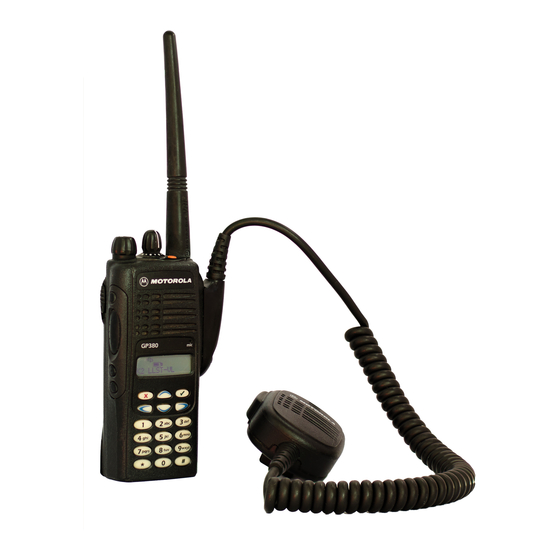Motorola GP series Informations sur les services - Page 8
Parcourez en ligne ou téléchargez le pdf Informations sur les services pour {nom_de_la_catégorie} Motorola GP series. Motorola GP series 30 pages. Professional radio
Également pour Motorola GP series : Manuel d'entretien (26 pages), Informations sur les services (24 pages), Informations sur les services (31 pages), Informations sur les services (43 pages), Manuel de l'utilisateur (16 pages), Manuel (30 pages)

